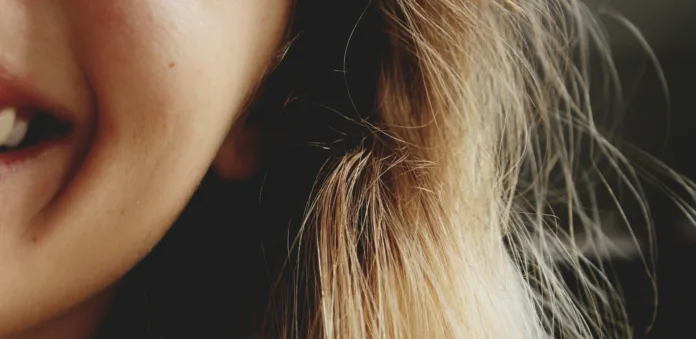Ukrainian model and influencer Anastasiia Pokreshchuk shares a decade-long transformation highlighting her aesthetic evolution
Anastasiia Pokreshchuk, known for her distinctive angular cheeks, recently took to Instagram to showcase a dramatic transformation from her appearance a decade ago. The Ukrainian model, who has gained fame and notoriety for what she describes as the “world’s biggest cheeks,” shared a comparison of her looks at ages 26 and 35, illustrating her journey with cosmetic enhancements.
A decade ago, Anastasiia embraced a more natural aesthetic, sporting curly brown hair and minimal makeup. Today, her look is characterized by platinum blonde hair, significantly enhanced lips, and notably sculpted cheeks achieved through regular filler injections. This transformation was sparked by her first experience with facial fillers at 26, a decision that profoundly changed her appearance and life.
Embed from Getty ImagesHer Instagram post, which has garnered over 16,600 likes, included the caption: “26 and 35 – there is no hyaluronic acid in the first photo,” drawing attention to her filler-free younger self. The post has elicited a wide range of reactions from her followers. While some admire her boldness and confidence in her chosen aesthetic, others express concern and nostalgia for her earlier look.
Critics argue that her decision to modify her appearance so drastically might reflect broader issues within cosmetic enhancement culture. Comments ranged from supportive encouragements to enjoy her life to more critical voices questioning the decisions of her medical advisors.
Despite the mixed feedback, Anastasiia remains unapologetic about her choices. She has openly expressed her love for her enhanced features, particularly her cheeks, which she considers a personal trademark. Her journey raises questions about beauty standards and the extent to which individuals go to alter their natural looks.
Analysis
Anastasiia Pokreshchuk’s transformation is a microcosm of the broader societal fascination with and sometimes contentious views on cosmetic surgery. Psychologically, her journey touches on the human desire for self-improvement and societal pressures to conform to certain beauty standards.
From a sociological perspective, her story offers insights into the identity shifts that can accompany physical transformations and how public reactions mirror cultural attitudes towards beauty and body modification. Economically, her transformation highlights the booming cosmetic surgery industry’s role in shaping modern beauty trends, fueled by celebrity culture and social media.
Critically, Anastasiia’s experience underscores a need for ethical considerations in the beauty and medical industries regarding patient care and realistic outcomes of cosmetic procedures. Her public sharing of her transformation journey opens up dialogues on the importance of body positivity and the acceptance of diverse beauty standards.
